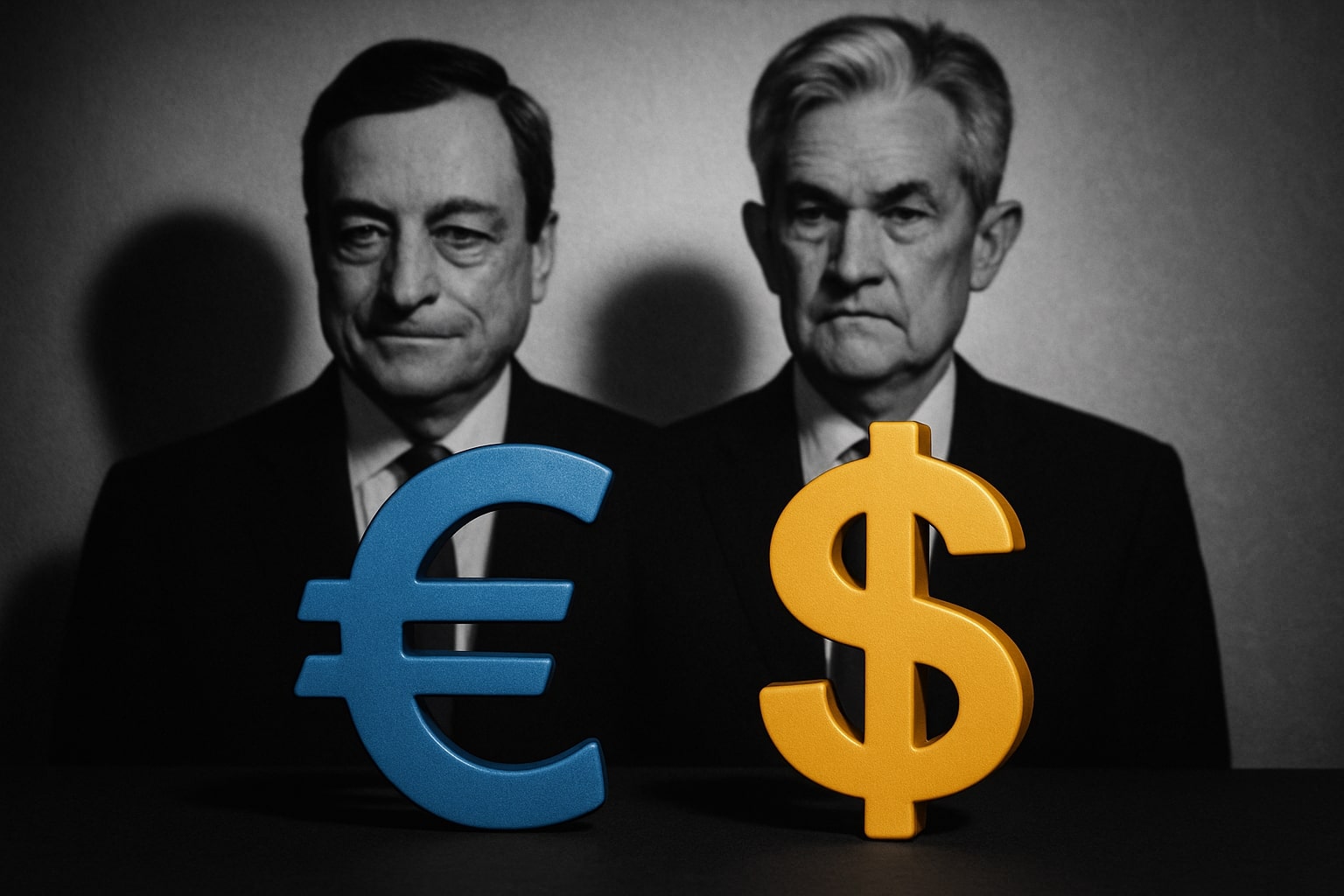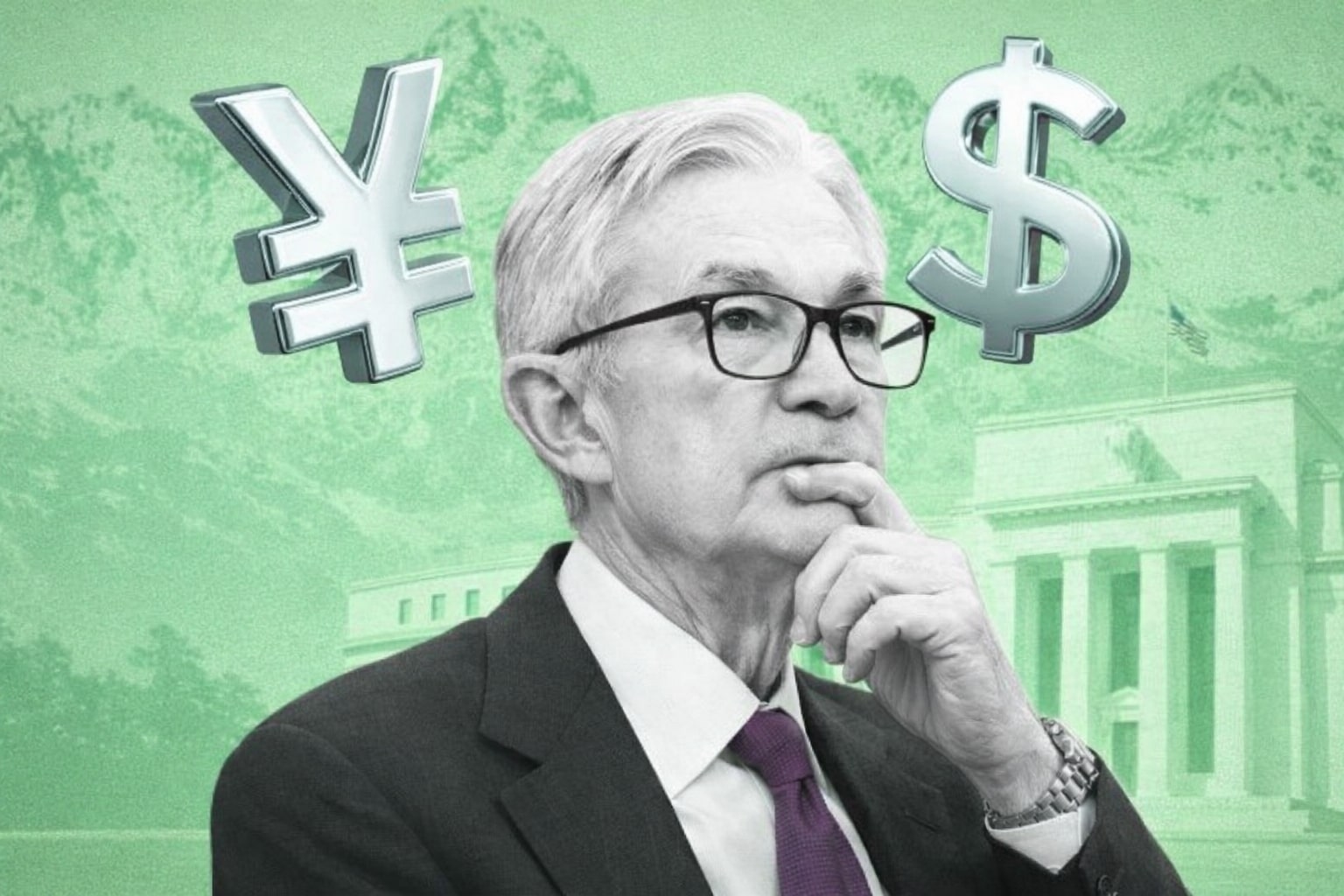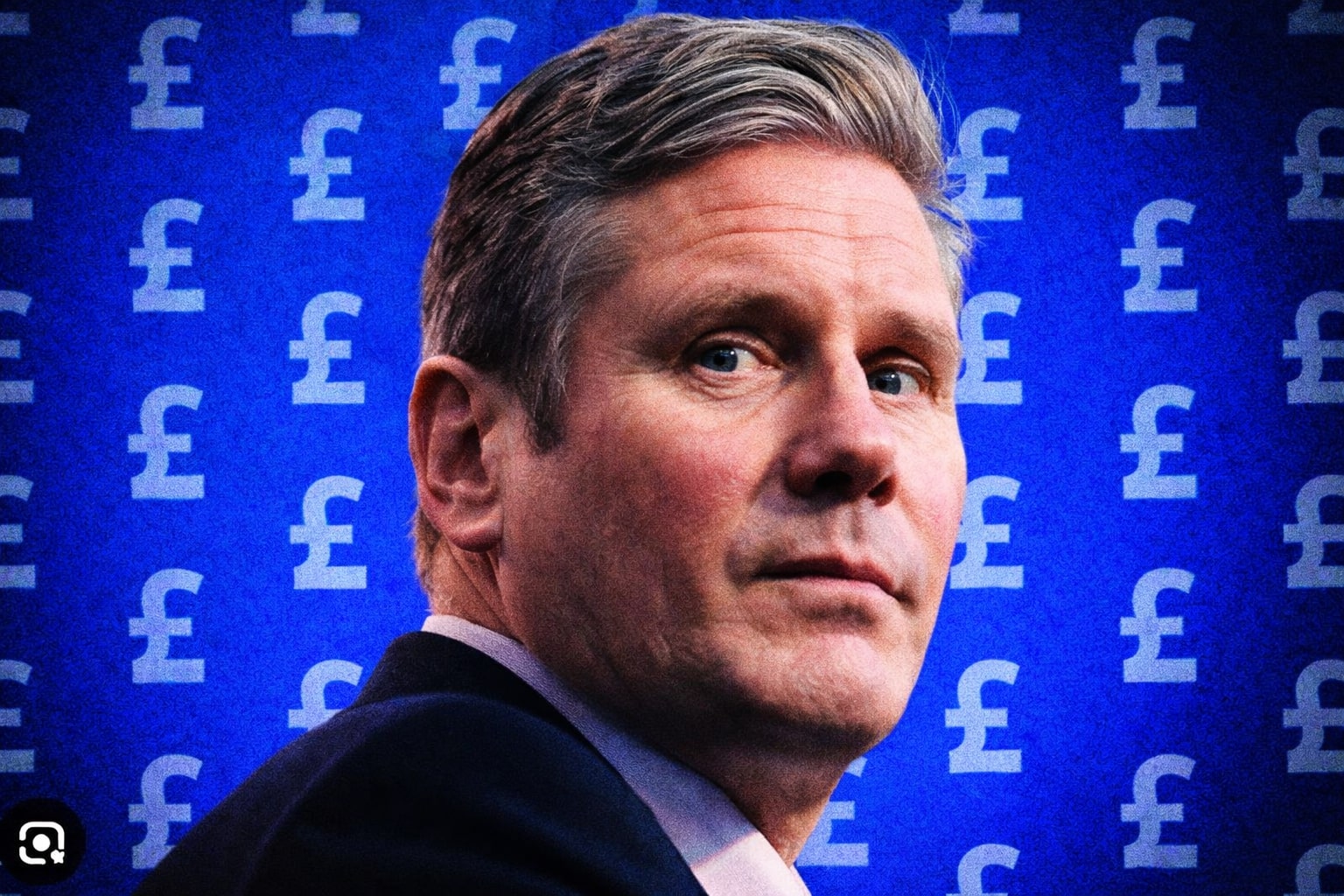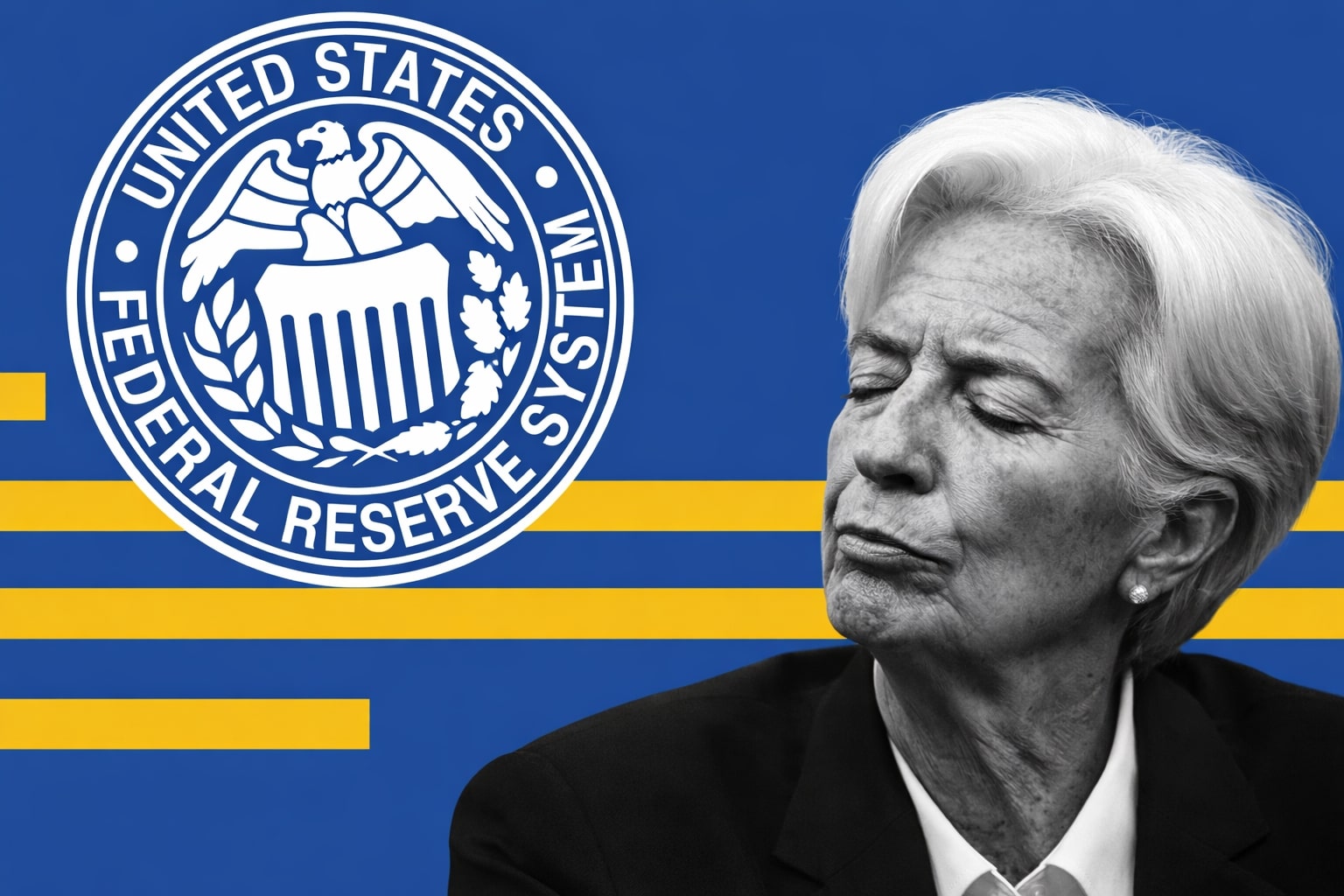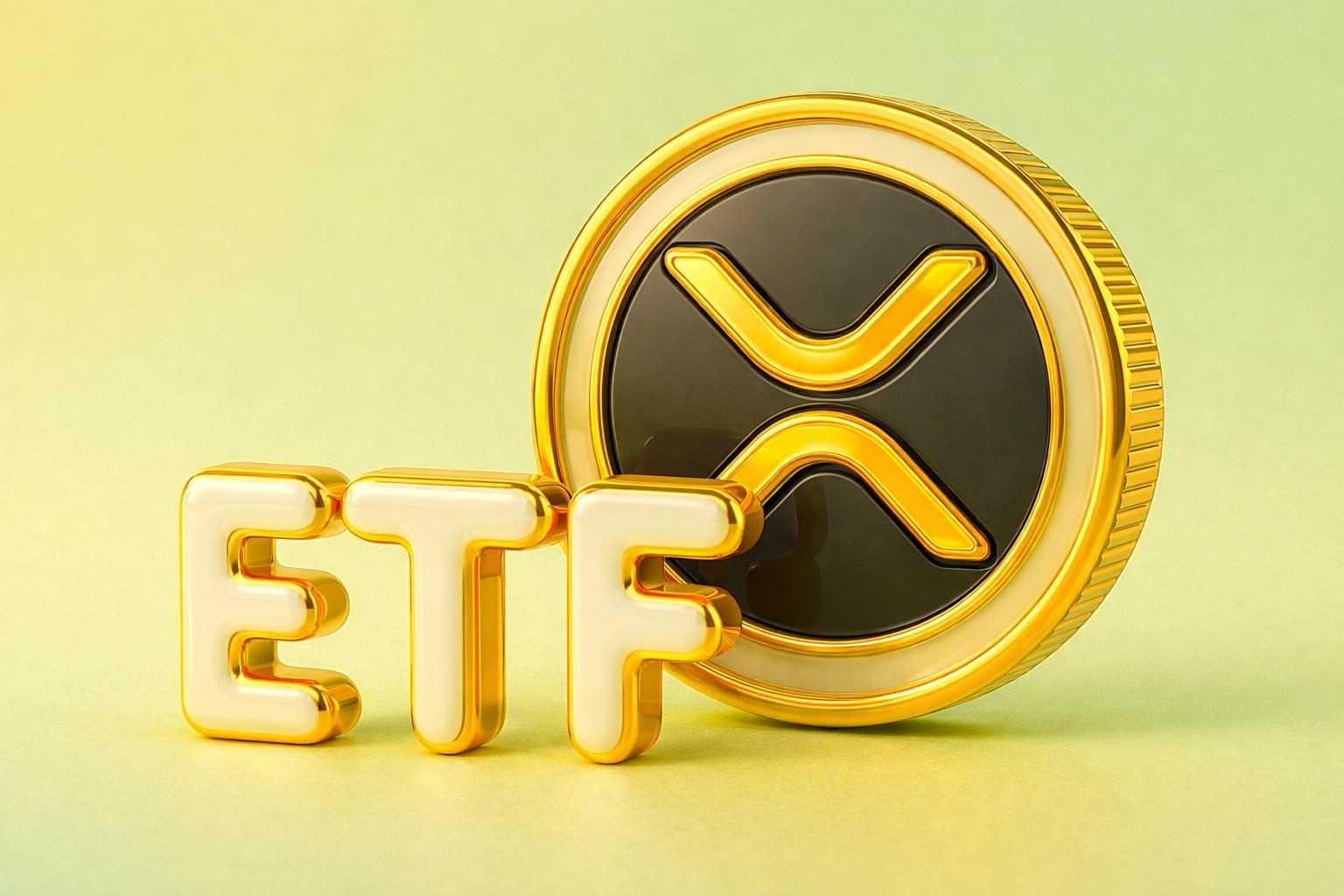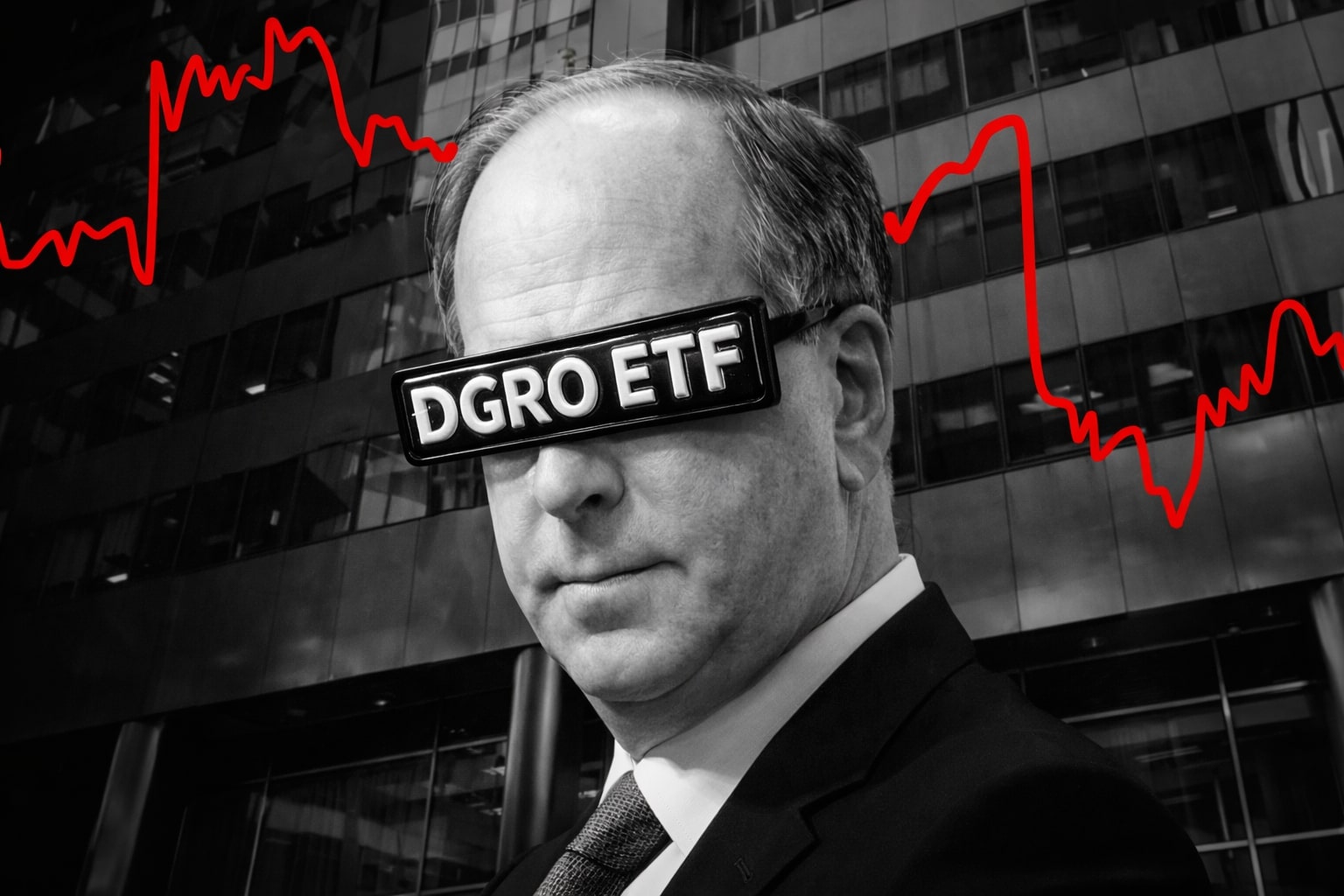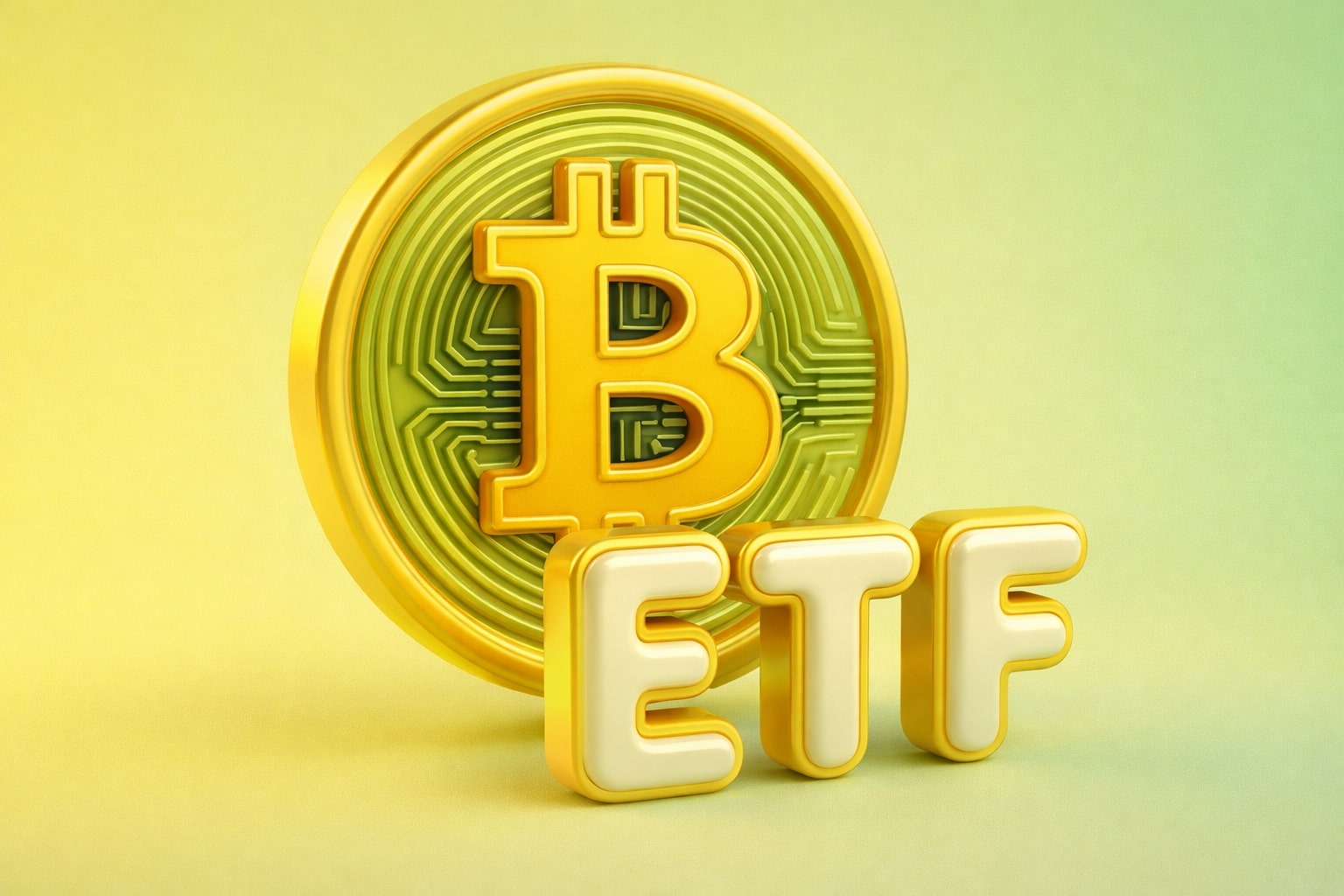EUR/USD Faces Renewed Pressure as Fed’s Hawkish Cut and Trade Easing Lift the Dollar
EUR/USD slid to 1.1666, extending its pullback from the weekly peak of 1.1728 as the U.S. Dollar recovered on remarks by President Donald Trump, who said high tariffs on China were “not sustainable.” The softer tone temporarily eased trade tensions but strengthened the Greenback, pushing the U.S. Dollar Index (DXY) up to 98.42. Despite dovish comments from several Federal Reserve officials, persistent inflation and resilient economic data have kept the Fed cautious, signaling that policy divergence with the European Central Bank (ECB) will likely weigh on the euro through the coming sessions.
U.S. Inflation Remains Sticky as Fed Balances Cuts and Credibility
The U.S. Consumer Price Index remains the key factor shaping EUR/USD’s path. September’s core CPI rose 3.9% year-on-year, beating expectations and underscoring that inflation is far from contained. Although the Fed delivered a 25-basis-point rate cut at its late-October meeting, Chair Jerome Powell stressed that it was a tactical move rather than the start of a full easing cycle. The market initially interpreted it as a “hawkish cut,” driving yields and the dollar higher.
The 10-year Treasury yield briefly rose above 4.72% before stabilizing near 4.58%, while short-term yields climbed back toward 4.9%, narrowing the rate differential that had favored the euro earlier this month. As Powell reiterated the central bank’s commitment to restoring price stability, money markets priced in another rate cut by December but adjusted expectations for deeper easing in 2026. This shift has reignited bullish momentum for the dollar, tightening conditions for risk-sensitive currencies like the euro.
Eurozone Stability Masks Diverging Monetary Paths
Across Europe, inflation remains anchored but lacks the urgency to force new ECB action. The Harmonized Index of Consumer Prices (HICP) rose 0.1% month-on-month and 2.2% year-on-year, matching estimates and signaling contained price pressure. Core inflation ticked up slightly to 2.4%, suggesting modest persistence but no major threat to policy stability.
ECB officials such as Olaf Sleijpen and Joachim Nagel maintained that the policy stance is “in a good place,” though both noted that the eurozone economy has proven more resilient than expected. The central bank remains cautious, refraining from signaling rate changes as it monitors energy costs and wage growth. With the Federal Reserve acting preemptively while the ECB stays on hold, yield spreads between U.S. and European bonds continue to favor the dollar, reinforcing the EUR/USD downtrend.
Technical Picture: Support Levels Tested as Momentum Turns Bearish
From a technical standpoint, EUR/USD remains vulnerable below its 100-day Simple Moving Average (SMA) at 1.1648. The pair briefly held this line before dipping toward 1.1580, a key short-term support zone. Further losses could extend to 1.1550 and 1.1500, marking the next retracement levels if downside momentum accelerates. On the upside, resistance lies at 1.1691 (the 50-day SMA), 1.1728, and 1.1800 — levels that must be reclaimed for any meaningful recovery.
The daily chart shows a fading bullish impulse after last week’s short-lived rebound from 1.1543, where a double bottom had formed. However, the inability to hold above 1.1631, the former neckline, suggests that sellers remain firmly in control. Momentum indicators continue to point south, with RSI hovering near 42, reflecting a steady but controlled bearish bias.
Trade and Geopolitical Shifts Add Intraday Volatility
Trump’s remarks about unsustainable tariffs on China temporarily boosted market sentiment, sending Wall Street futures higher and reducing demand for traditional havens. However, the relief was short-lived as traders interpreted the comments as an acknowledgment of policy limits rather than a clear reversal. The EUR/USD pair initially spiked to 1.1728 before falling sharply as the DXY rebounded.
The geopolitical dimension remains key: with tensions in Asia and muted European growth, traders increasingly treat the euro as a proxy for global trade sentiment. Any escalation in U.S.-China rhetoric, or renewed tariff threats, could once again pressure the pair toward 1.1550. Conversely, progress in trade negotiations or evidence of stronger European PMIs might allow a technical bounce toward 1.1750–1.1800.
Comparative Dollar Strength and Market Flows
Currency heat maps show that the euro lost 0.38% versus the dollar this week, underperforming against most major peers except the Australian and New Zealand dollars. The Swiss franc led gains at +1.03% versus the dollar, while the Canadian dollar and yen also advanced modestly. This dispersion underscores how global traders are reallocating toward currencies backed by stable inflation profiles and strong real yields — a dynamic that continues to disadvantage the euro.
Flows data confirm this pattern: European bond outflows intensified for a second week, while U.S. Treasury inflows topped $21 billion as investors sought yield stability. Hedge funds also rebuilt long-dollar exposure, adding nearly $7.5 billion in net futures positions according to the latest CFTC report.
Volatility Outlook and Options Market Positioning
Implied volatility on EUR/USD one-month options rose to 6.8%, reflecting uncertainty ahead of the U.S. CPI and European PMI releases. Derivative traders see elevated downside risk, with notable open interest on 1.1550 and 1.1500 put strikes — levels aligning with technical support zones. Strategies such as bear put spreads, pairing long 1.1550 puts with short 1.1450 puts, have gained traction as traders position for potential breaks lower while limiting cost exposure.
Institutional desks note that option skew remains heavily negative, suggesting continued preference for downside protection rather than speculation on a rebound. This confirms that sentiment around EUR/USD remains cautious, if not outright bearish, into late October.
Macro Divergence and Investor Sentiment
The broader macro narrative still favors the U.S. Dollar as long as the policy divergence persists. While U.S. inflation is moderating slowly, economic resilience keeps real yields positive and dollar assets attractive. The euro, constrained by structural weakness and sluggish growth, lacks catalysts for recovery beyond short-term positioning.
Money markets now assign a 97% probability of another Fed rate cut at the October 29 meeting, followed by a potential pause into 2026. By contrast, the ECB faces limited flexibility due to fiscal imbalances across member states and ongoing weakness in industrial output. This divergence has historically pressured EUR/USD, and the current setup mirrors mid-2023, when similar spreads drove the pair below 1.05.
EUR/USD Outlook and Market Bias
The pair’s medium-term bias remains bearish, with fundamentals, technicals, and sentiment aligning toward further weakness. Unless U.S. inflation data softens sharply or the ECB adopts a more hawkish tone, EUR/USD is likely to remain capped below 1.17, with a potential retest of 1.1500 over the next month.
Traders should watch for key triggers including next week’s U.S. CPI, European PMIs, and remarks from Fed Chair Powell and ECB President Lagarde. Sustained pressure below 1.1600 could confirm a breakdown toward 1.1450, while a recovery above 1.1750 would signal short covering rather than a true reversal.
Verdict: Bearish Bias – Hold Shorts
EUR/USD faces persistent downside risk amid widening policy divergence, sticky U.S. inflation, and limited ECB flexibility. A break below 1.1550 would expose 1.1450, while only a close above 1.1750 would shift short-term momentum back to neutral.
That's TradingNEWS














